Innovation happens everywhere, but some urban centers have created perfect ecosystems where creative thinking, technology, and entrepreneurship converge. These cities aren’t just economic powerhouses—they’re living laboratories where the future takes shape through collaborative communities, forward-thinking policies, and unique cultural advantages.
Here is a list of 15 cities where innovation isn’t just happening but thriving in remarkable ways.
Singapore
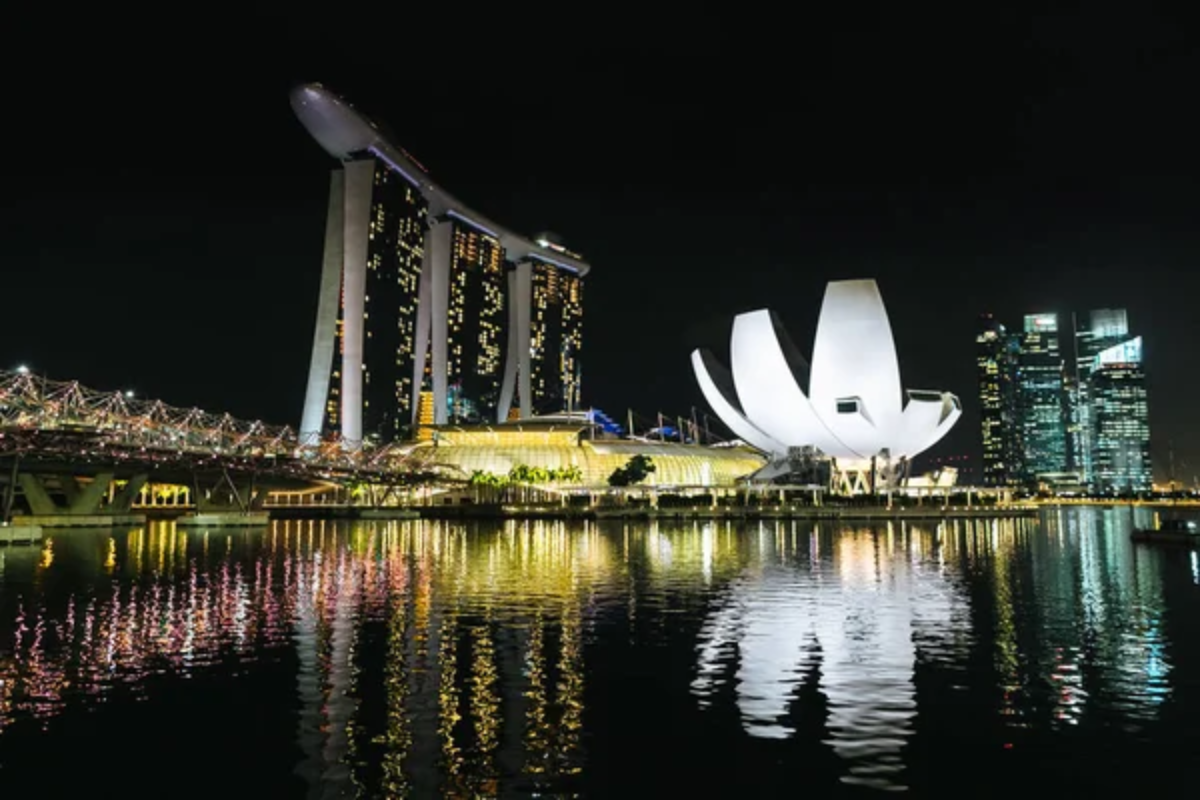
Singapore transformed itself from a tiny resource-poor island into a global innovation hub in just one generation. The government actively funds research and development at about 2.2% of GDP, creating specialized innovation districts like One-North.
Its strategic location between East and West makes it an ideal testbed for companies looking to validate ideas before scaling across Asia.
Austin
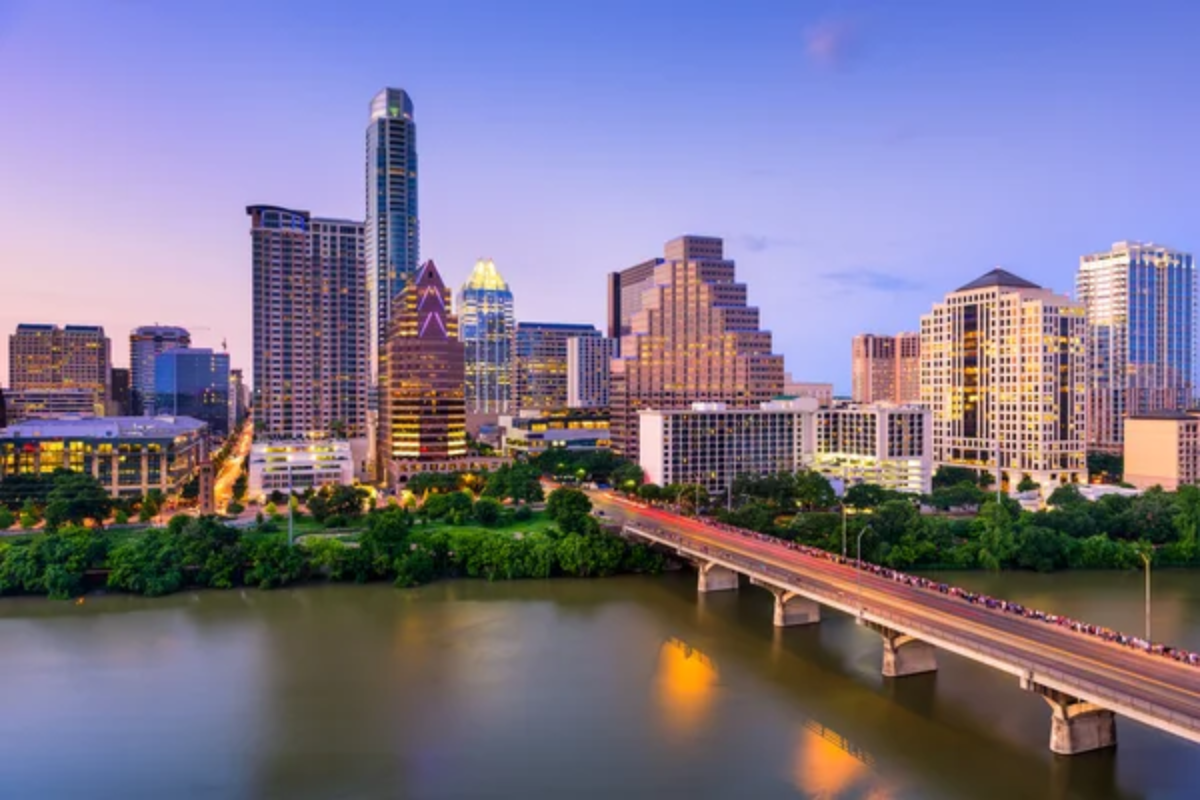
Austin combines Texas’s business-friendly policies with a vibrant creative scene and top-tier academic institutions. The city hosts South by Southwest (SXSW), where technology meets music and film, creating unexpected collaborations.
Dell, IBM, and countless startups call Austin home, drawn by talent from the University of Texas and relatively affordable living costs compared to coastal tech hubs.
Like Travel Pug’s content? Follow us on MSN.
Medellín
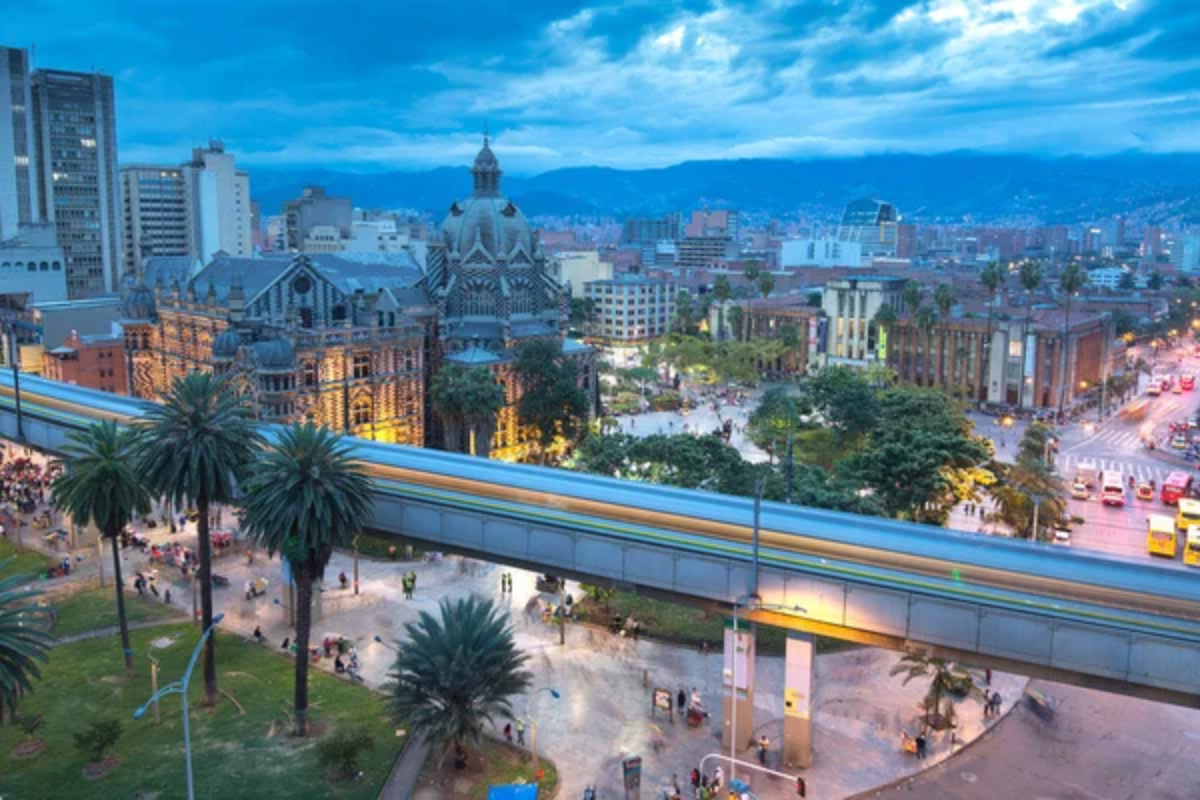
Once notorious for drug violence, Medellín has reinvented itself through urban innovation. The city built cable cars and outdoor escalators connecting isolated hillside communities to economic opportunities downtown.
Its ‘innovation district’ hosts hundreds of startups, while the annual Medellín Innovation Festival showcases solutions to urban challenges. This remarkable transformation earned Medellín recognition as the ‘most innovative city in the world’ by the Urban Land Institute.
Shenzhen

Shenzhen evolved from a fishing village to China’s hardware capital in just four decades. The city houses the world’s largest electronics market and an unparalleled manufacturing ecosystem where prototypes become products overnight.
Engineers and makers flock to areas like Huaqiangbei, where any electronic component imaginable is available within walking distance. This manufacturing prowess makes Shenzhen the ultimate place to turn digital ideas into physical reality.
Helsinki
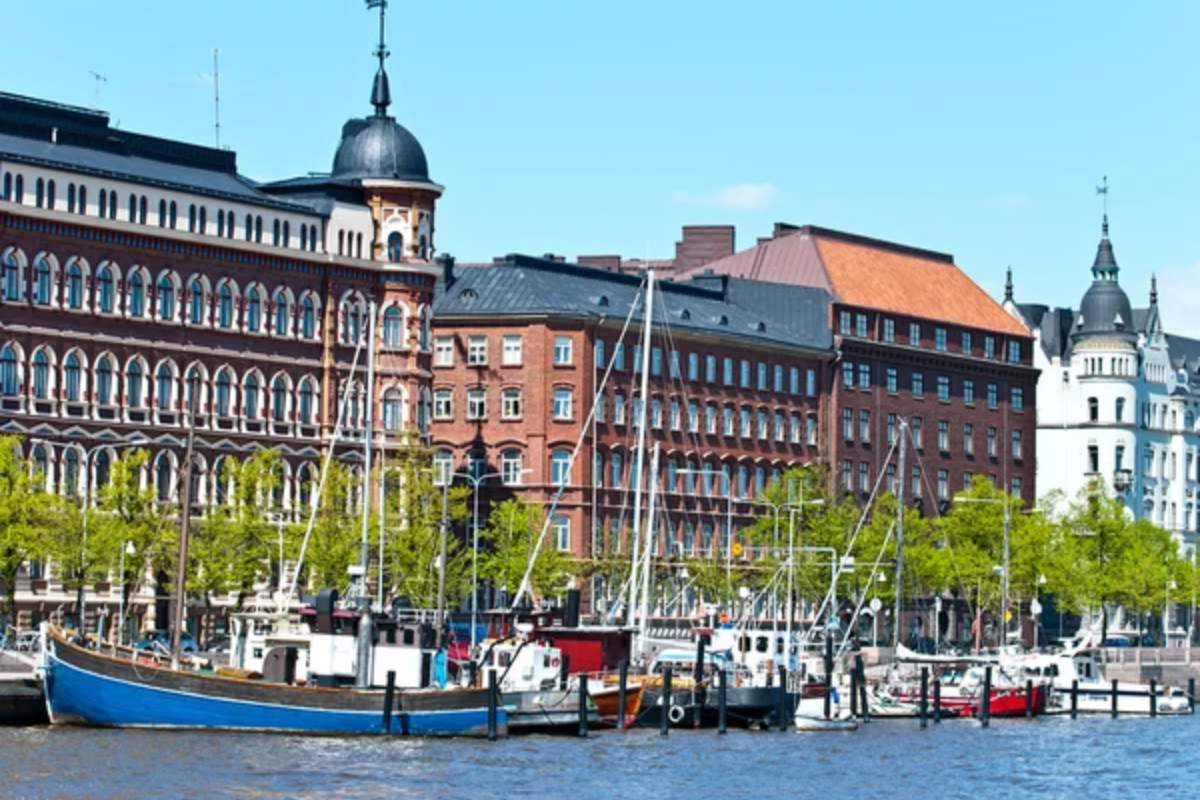
Helsinki embraces the experimental mindset with its ‘city as a testbed’ approach. Finnish pragmatism combines with excellent education to produce innovation in fields from gaming to clean technology. The city government openly shares data and allows companies to use neighborhoods as living labs for testing smart city solutions.
Winter darkness has inspired creative approaches to urban lighting and energy efficiency that influence cities worldwide.
Like Travel Pug’s content? Follow us on MSN.
Toronto
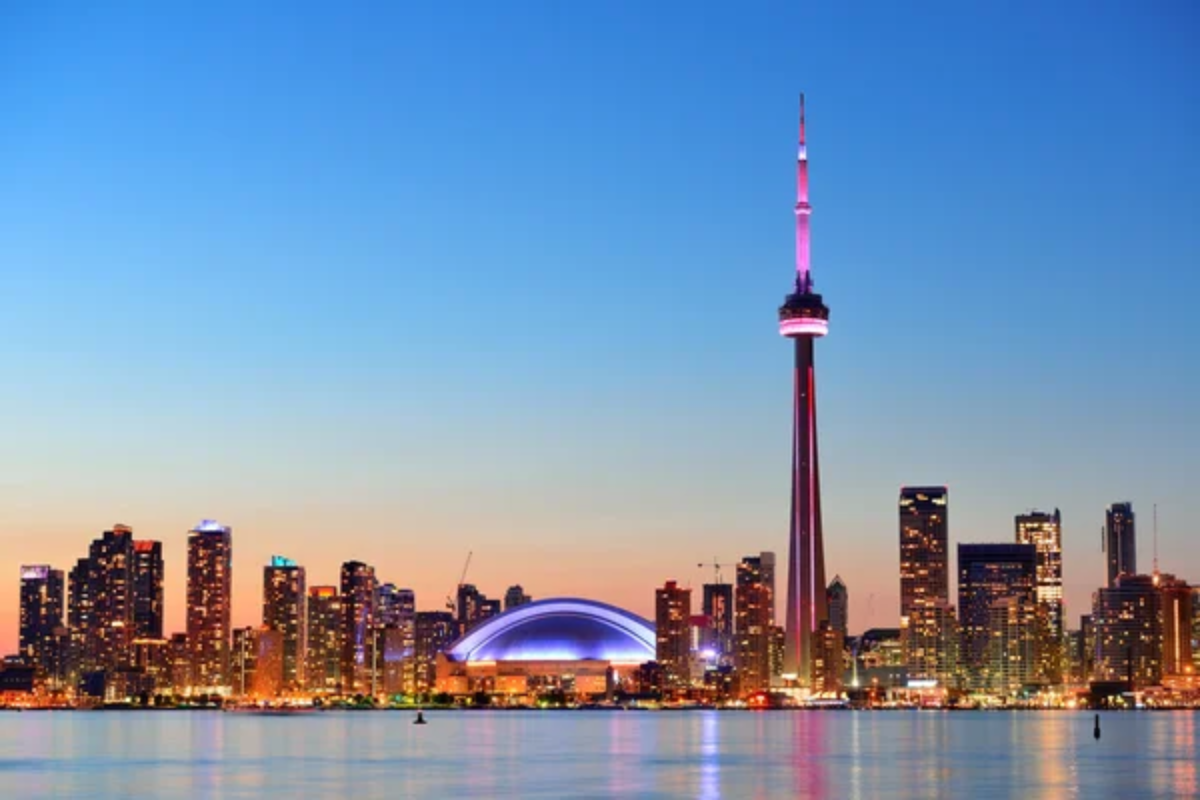
Toronto’s strength comes from diversity—nearly half its residents were born outside Canada, bringing global perspectives to local problems. The city hosts MaRS Discovery District, North America’s largest urban innovation hub spanning over 1.5 million square feet.
Toronto’s unique approach to artificial intelligence research, emphasizing ethical applications and interdisciplinary work, has attracted investments from tech giants like Google and Microsoft.
Bengaluru
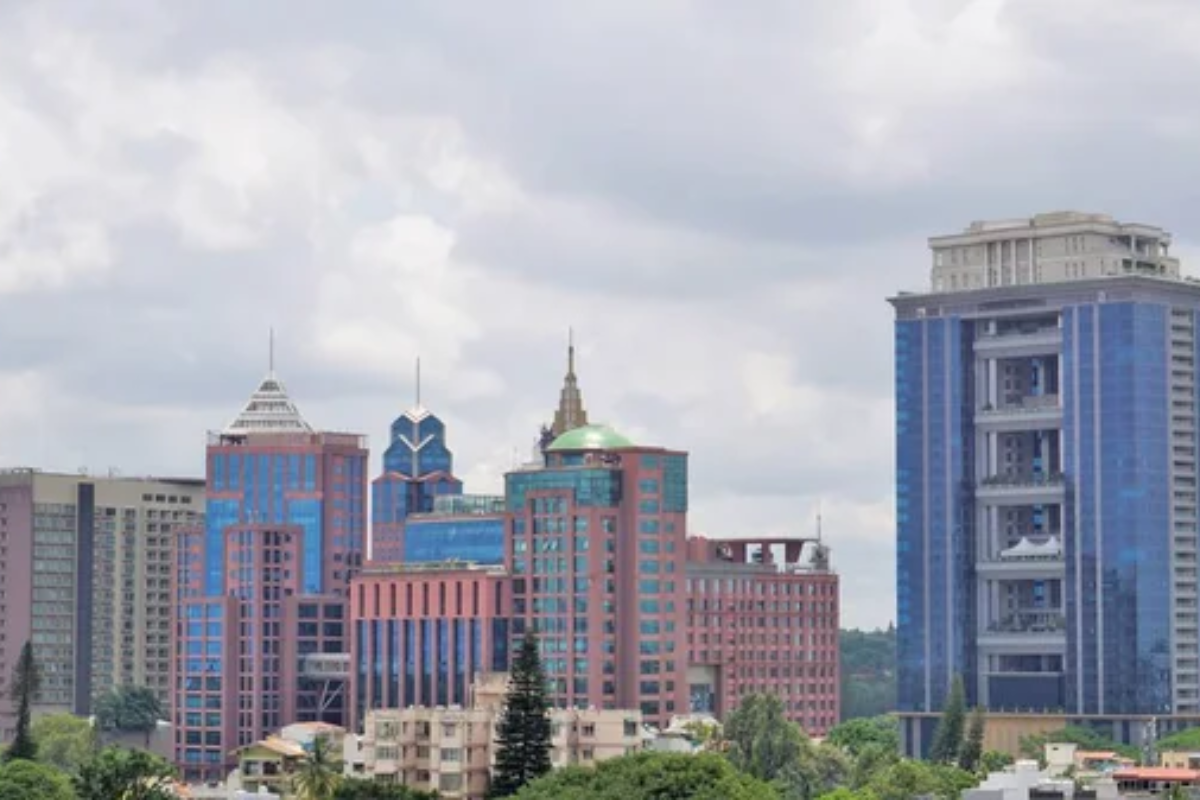
Bengaluru evolved from India’s outsourcing capital to a true innovation hub generating original intellectual property. The city produces more engineers annually than almost anywhere else, creating a talent pipeline for startups tackling everything from space technology to affordable healthcare.
Bengaluru’s innovation often focuses on frugal solutions—creating maximum impact with minimal resources—an approach increasingly relevant worldwide.
Tel Aviv
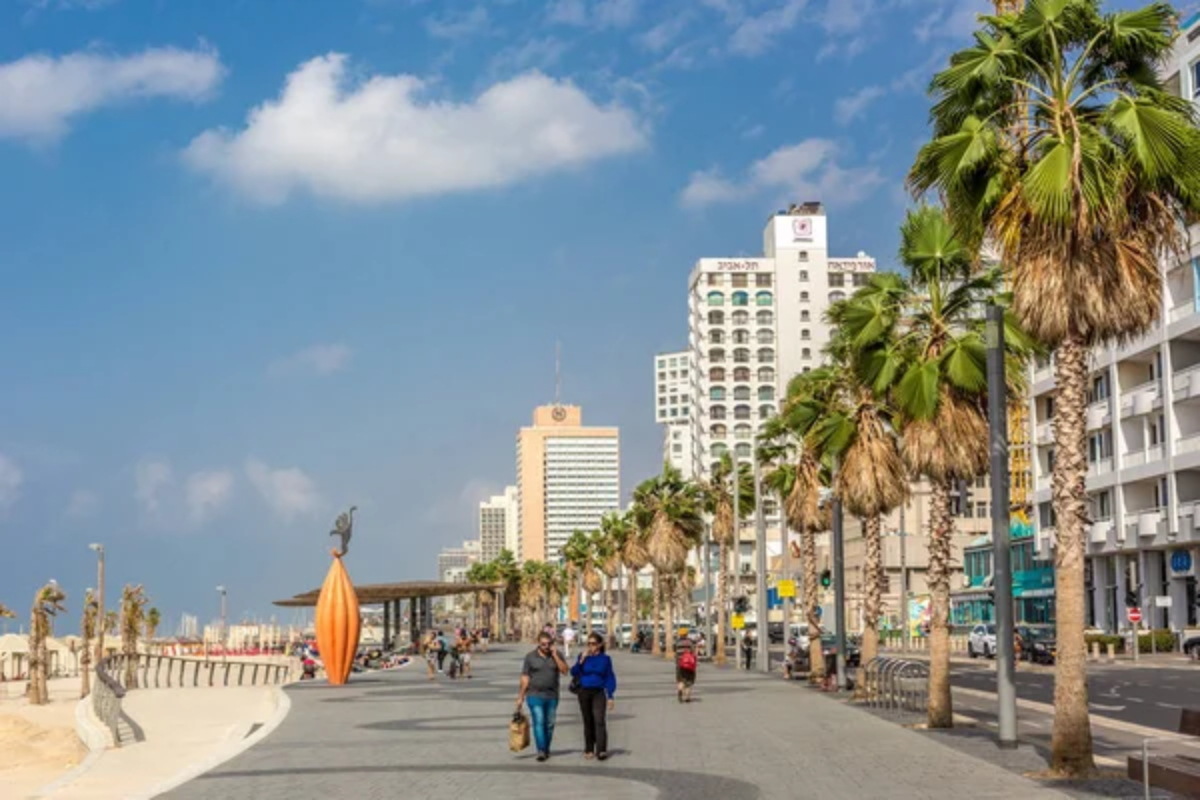
Tel Aviv’s innovation culture is shaped by mandatory military service, where young people tackle complex problems with limited resources. This experience creates entrepreneurs who combine technical skills with leadership abilities.
Despite its small size, Israel attracts the highest venture capital per capita globally, much of it concentrated in Tel Aviv’s ecosystem. The city’s beaches and cafe culture foster serendipitous connections that spark collaborative innovation.
Like Travel Pug’s content? Follow us on MSN.
Seoul

Seoul seamlessly blends cutting-edge digital infrastructure with dense urban living. The city boasts internet speeds among the world’s fastest and has turned its subway stations into virtual supermarkets where commuters shop by scanning QR codes.
Seoul’s innovation districts like Pangyo have become testing grounds for everything from autonomous vehicles to smart urban furniture that provides shade, Wi-Fi, and device charging powered by solar energy.
Berlin
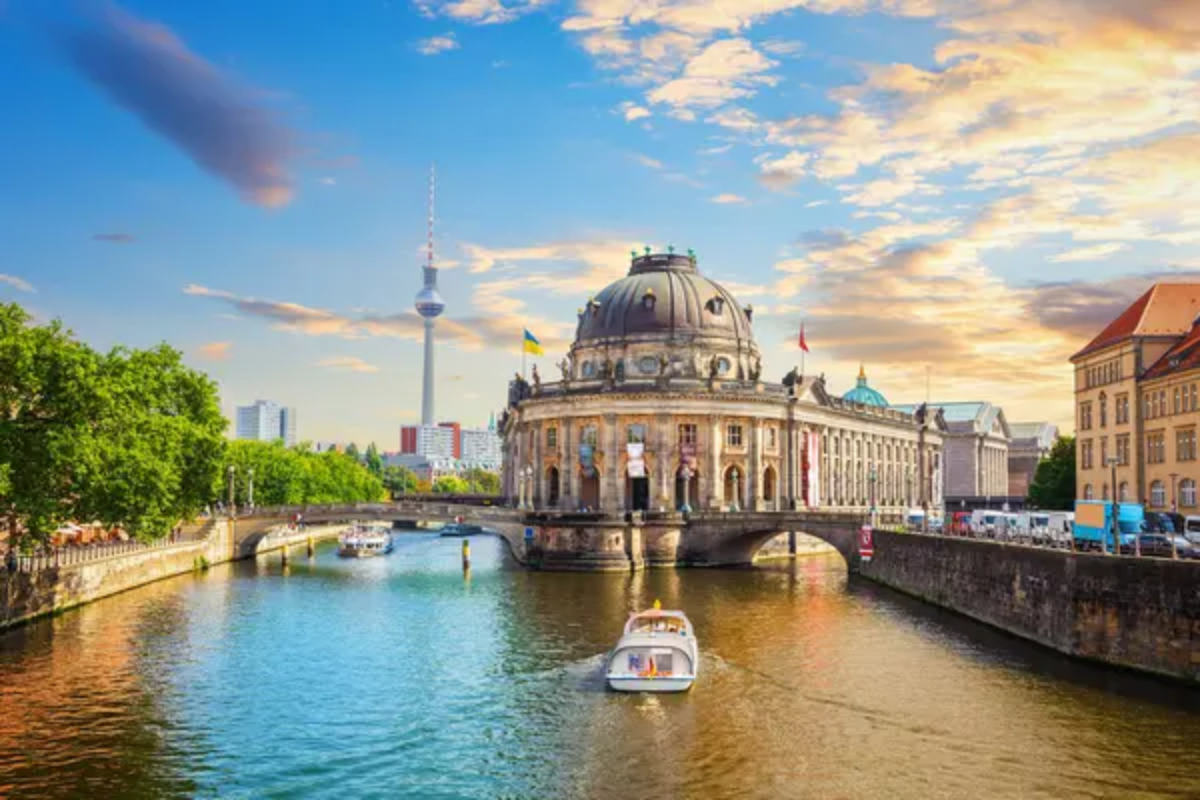
Berlin’s affordable living costs (compared to other European capitals) and artistic spirit have created a distinctive innovation scene. The city attracts creative minds who transform industrial spaces into startup hubs like Factory Berlin.
Germany’s strong manufacturing heritage combines with this creative energy to produce innovations in hardware, clean technology, and urban mobility. Berlin’s nightlife and counterculture also inspire unconventional thinking that challenges established industries.
Detroit
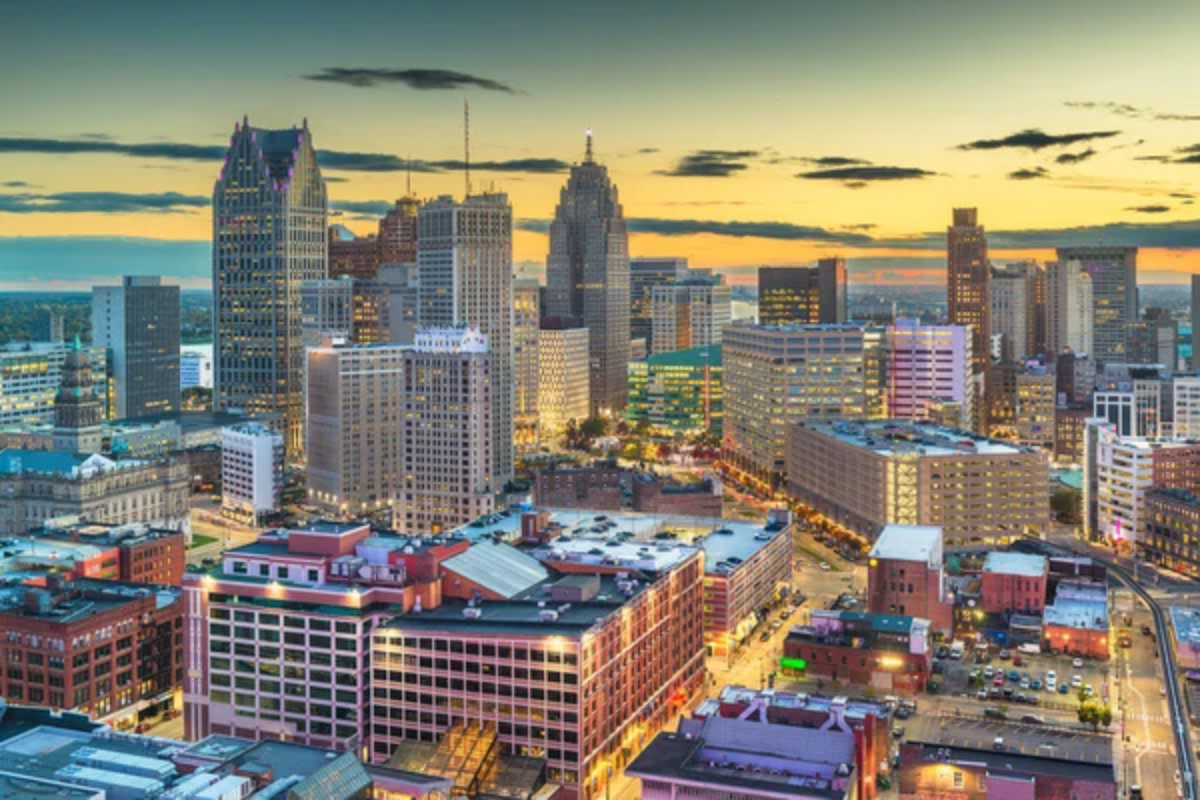
Detroit is reinventing itself through innovation that honors its manufacturing heritage while embracing new technologies. The city’s comeback story includes transformation of vacant industrial spaces into experimental manufacturing sites for everything from urban farming to 3D-printed homes.
Detroit’s innovation focuses on tangible impact—creating jobs, revitalizing neighborhoods, and demonstrating that the Rust Belt can become a center for next-generation manufacturing.
Like Travel Pug’s content? Follow us on MSN.
Kigali
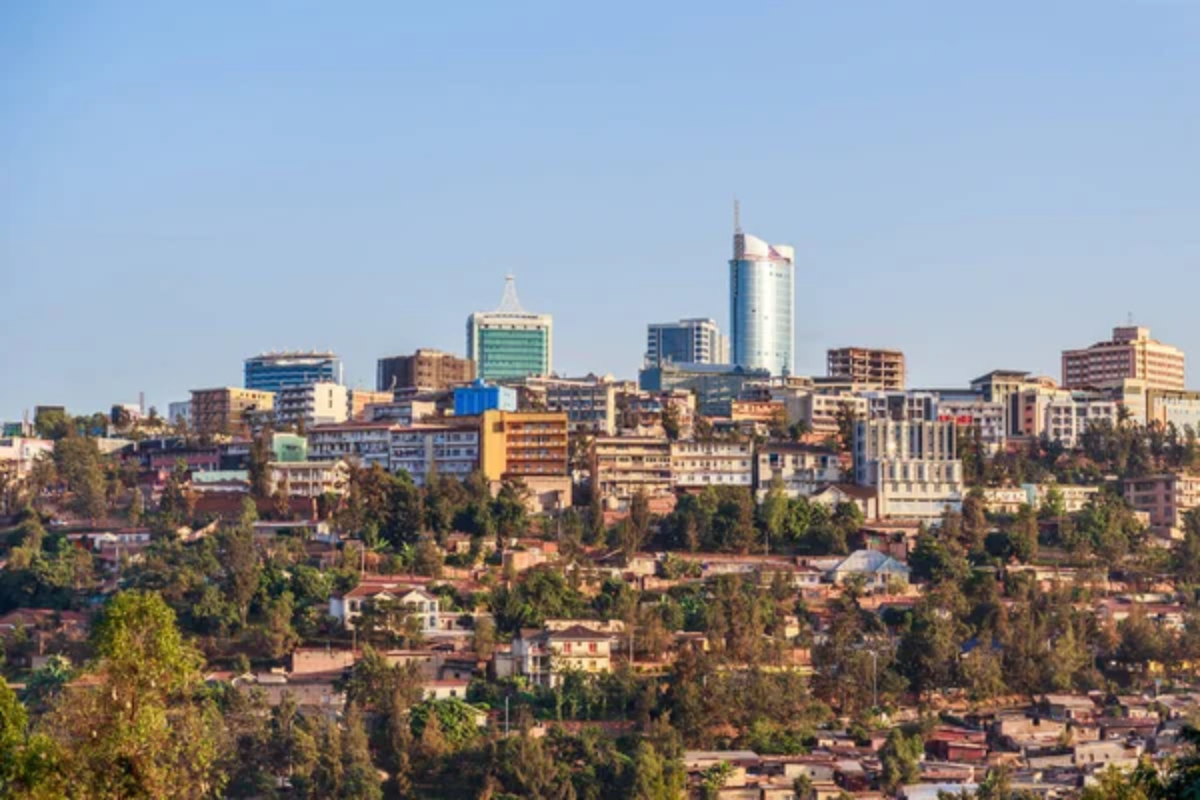
Rwanda’s capital has become Africa’s emerging technology hub through deliberate investment in digital infrastructure. The government made Kigali one of Africa’s first cities with comprehensive 4G coverage and established a special economic zone focused on technology companies.
Innovation in Kigali often addresses fundamental challenges—from drone delivery of medical supplies to rural areas to mobile payment systems that work without consistent internet access.
Amsterdam

Amsterdam’s innovation thrives at the intersection of sustainability, creative industries, and digital technology. The city experiments with circular economy principles, transforming waste into resources and repurposing everything from plastic to food scraps.
Amsterdam’s compact urban form makes it perfect for testing mobility innovations, while its social liberalism creates space for ideas that might face resistance elsewhere. The city actively encourages temporary use of vacant spaces for experimental projects.
Bangalore

Bangalore has evolved beyond its ‘Silicon Valley of India’ nickname to become a genuinely distinct innovation ecosystem. The city specializes in developing complex enterprise software and increasingly applies technology to uniquely Indian challenges.
Bangalore’s innovation district Electronic City houses everything from multinational R&D centers to grassroots hardware tinkerers. The city generates solutions that work under constraints—like limited connectivity or extreme weather—making its innovations remarkably adaptable worldwide.
Like Travel Pug’s content? Follow us on MSN.
Stockholm
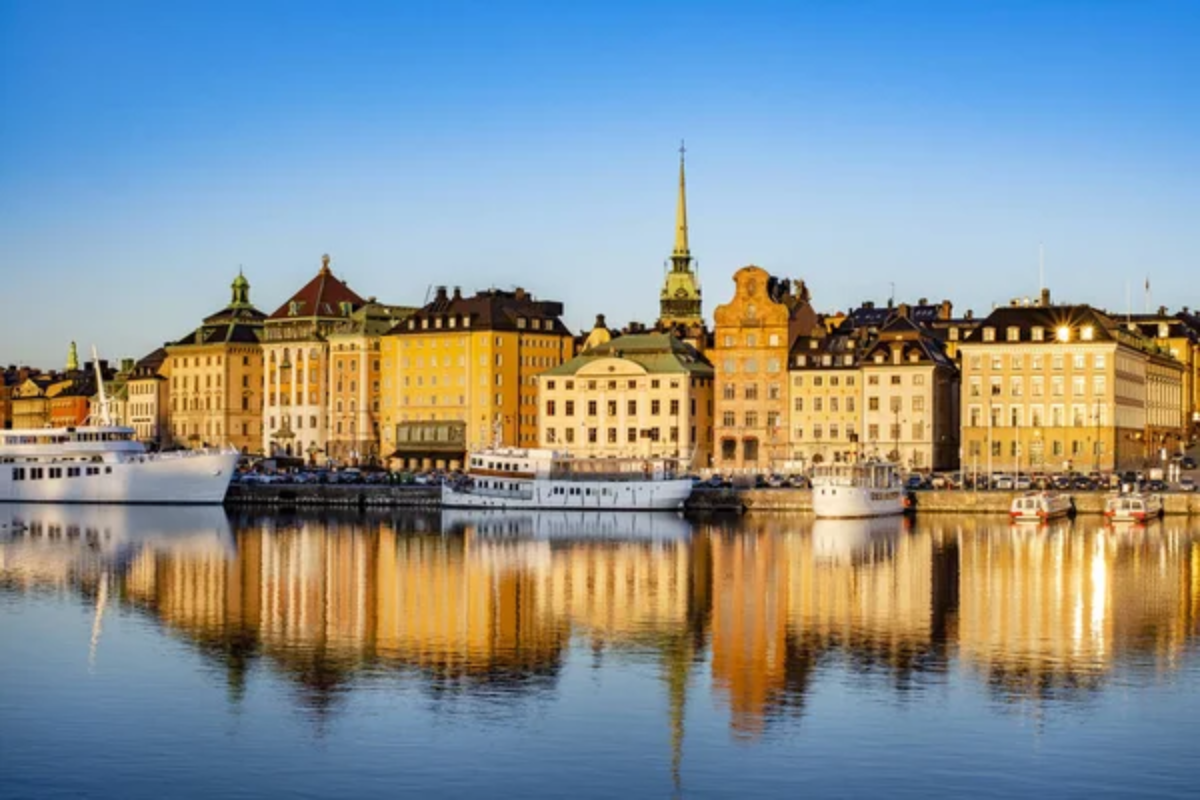
Stockholm produces more billion-dollar startups per capita than almost anywhere outside Silicon Valley. The city’s innovation specialties include music technology (Spotify), fintech (Klarna), and gaming (Minecraft).
Sweden’s strong social safety net encourages entrepreneurial risk-taking, while the ‘lagom’ philosophy—finding the perfect balance—influences product design. Stockholm’s innovation also extends to sustainability, with circular economy principles reshaping everything from fashion to furniture.
Wellington
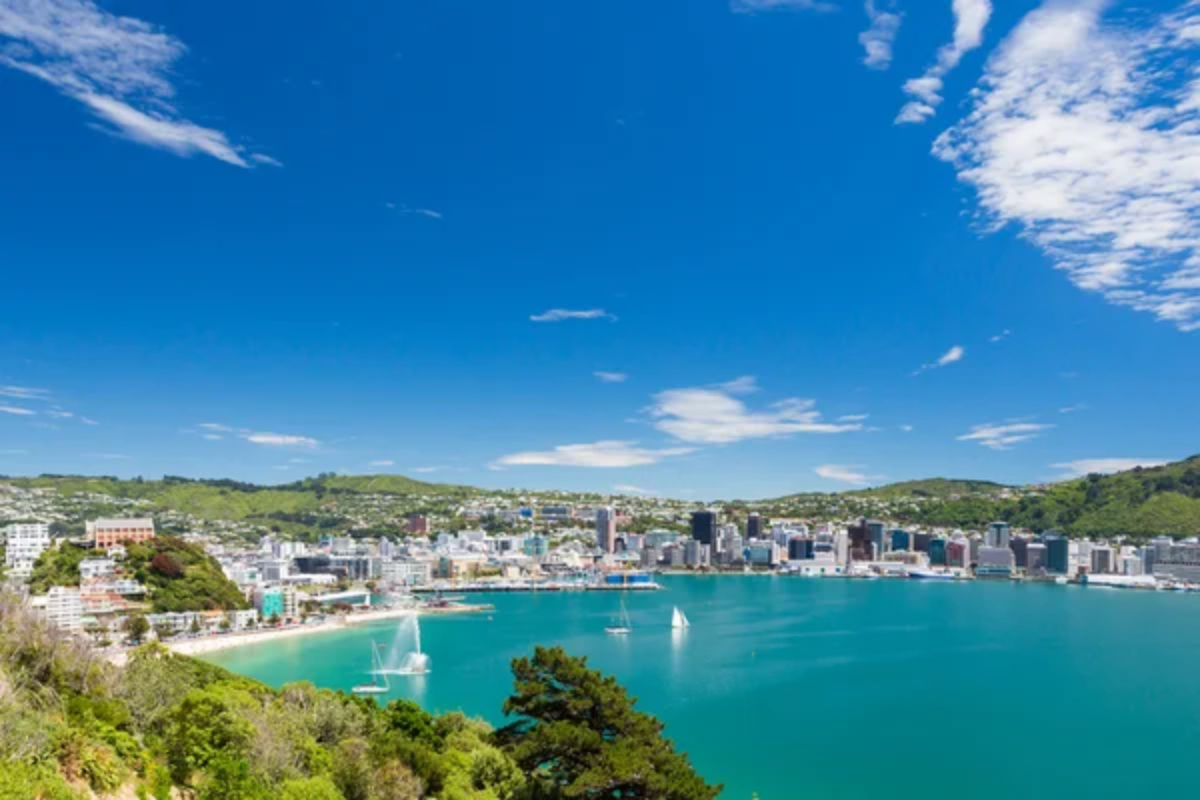
New Zealand’s capital punches above its weight class in creative and technical innovation. The city’s film technology sector, anchored by Weta Workshop, develops tools that transform digital storytelling globally.
Wellington’s compact size creates natural collisions between creatives, technologists, and policymakers. The city’s relative geographical isolation has fostered a culture of self-reliance and creative problem-solving that produces genuinely original innovations rather than adaptations of ideas from larger markets.
Innovation Without Borders

These fifteen cities show us that innovation isn’t confined to traditional powerhouses like Silicon Valley or Tokyo. Each location brings unique cultural strengths, historical contexts, and community priorities to the innovation process.
As challenges like climate change and urban growth demand creative solutions, these diverse approaches to fostering innovation offer valuable models for cities everywhere. The most exciting breakthroughs often happen where different perspectives meet—exactly what these global innovation hubs provide.
Like Travel Pug’s content? Follow us on MSN.
More from Travel Pug

- Cities Growing so Fast You Won’t Recognize Them in 10 Years
- 13 Destinations Where Tourists Regularly Regret Their Trip
- 20 Obscure WWII Sites Even History Buffs Don’t Know About
- 10 Under-the-Radar Mountain Towns That Are Both Affordable and Beautiful
- Remote Villages in Europe Where You Can Live for Free in Exchange for Work
Like Travel Pug’s content? Follow us on MSN.
